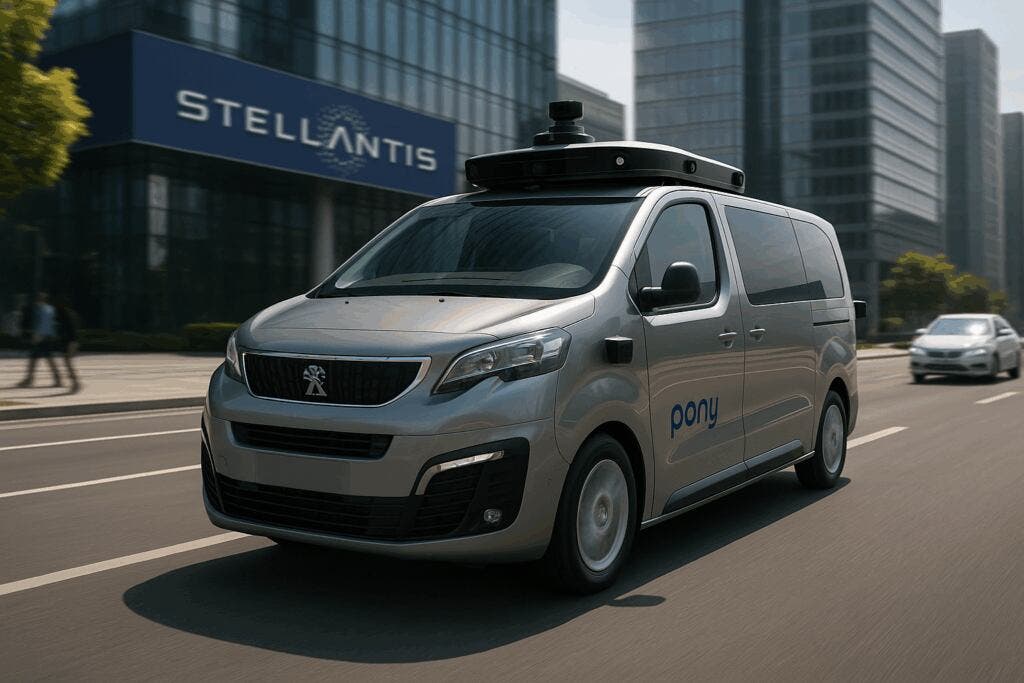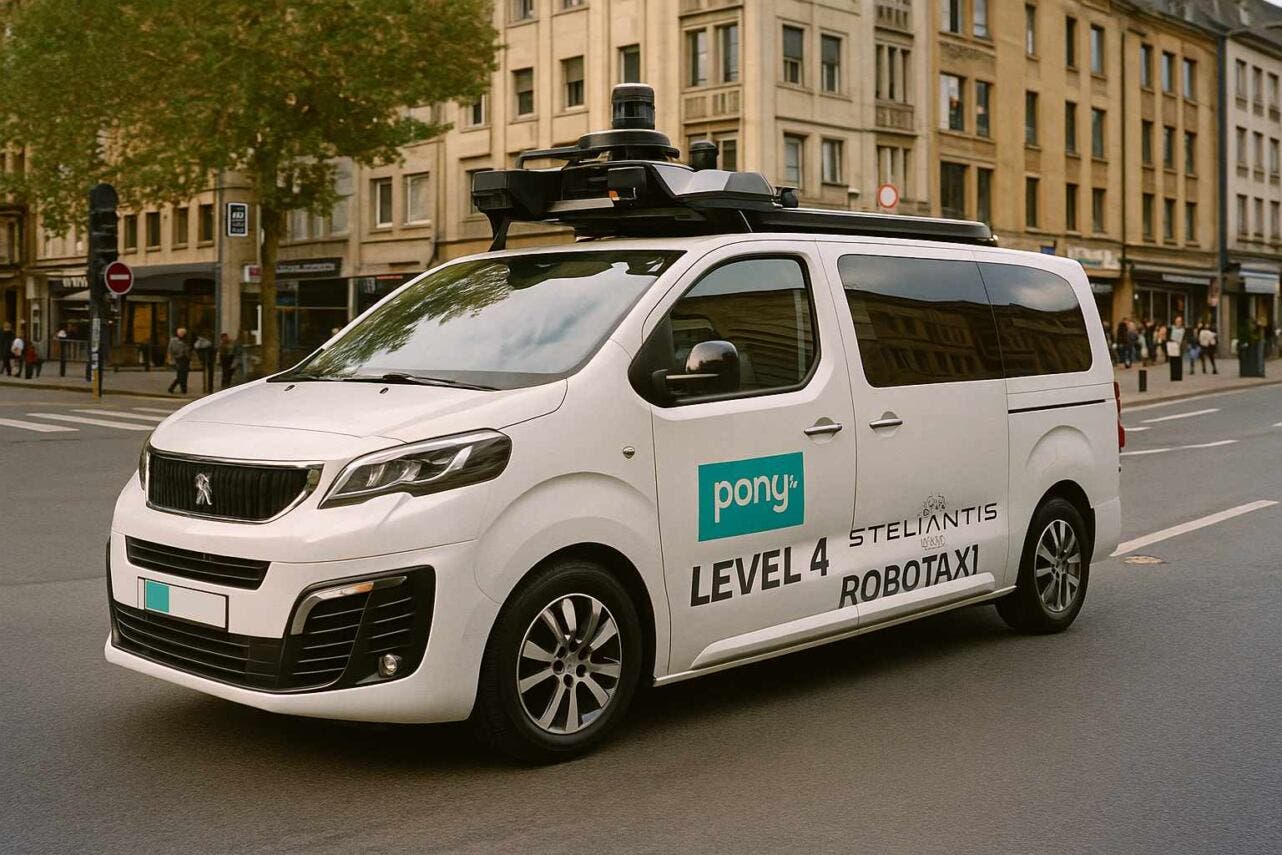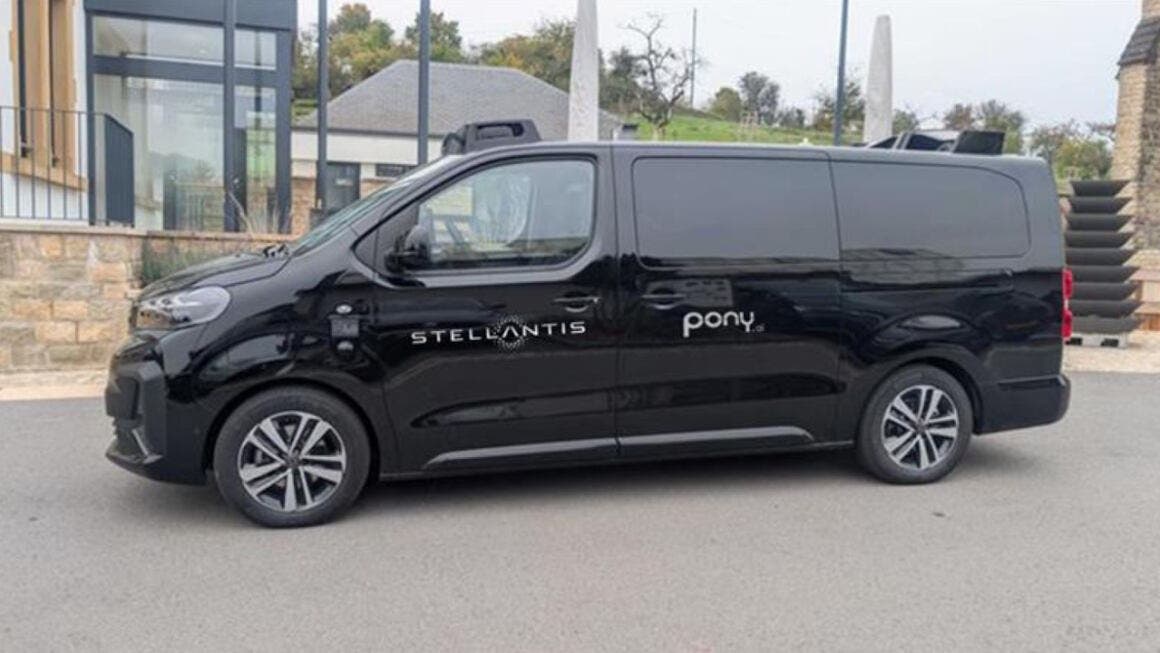Stellantis is officially putting the pedal to the metal, without a driver in sight. The European automotive giant has teamed up with Chinese autonomous driving specialist Pony.ai to co-develop and test SAE Level 4 self-driving vehicles across Europe. We’re entering the “hands-off, eyes-off, and maybe even coffee-in-hand” era of urban mobility.
The collaboration merges Stellantis’ AV-Ready platform with Pony.ai’s artificial intelligence smarts, starting with medium-sized battery-electric vans destined for robotaxi duty. The pilot phase will kick off on real roads in Luxembourg before spreading across other European cities in 2026, because nothing says “testing safety systems” like cobblestone streets and roundabouts.

At the heart of the initiative is Stellantis’ Pro One business unit, currently the heavyweight champion of Europe’s light commercial vehicle market. Their AV-Ready platform is engineered for Level 4 operations, complete with redundant safety systems and a buffet of advanced sensors—because even robots deserve a little backup.
According to Stellantis Chief Technology Officer Ned Curic, the company isn’t just building cars, it’s reshaping how cities move. “Driverless vehicles have the potential to transform urban life”, Curic said, adding that Pony.ai’s technical prowess and cooperative attitude made it the ideal partner.

The initial focus will be on electric commercial vans, but Stellantis and Pony.ai clearly have bigger ambitions. Think fleets of autonomous cargo movers and people carriers zipping through European cityscapes while humans nap, text, or panic quietly in the backseat.
Founded in 2016, Pony.ai has quickly galloped into the big leagues of autonomous driving, rubbing bumpers with China’s Baidu Apollo Go, WeRide, and Momenta. The company already has partnerships stretching from Asia to the Middle East, where it recently teamed up with Uber to deploy robotaxis in Dubai.
Europe could soon experience rush hour without the rush, or the drivers. Whether that’s progress or the first act of a sci-fi cautionary tale, only time will tell.
